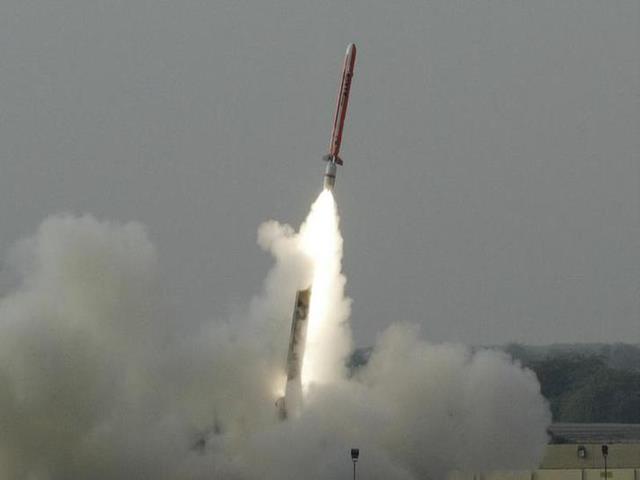Maiden test Next Generation SFDR Air to Air Missile successfully conducted
The Defence Research and Development Organisation (DRDO) successfully carried out maiden flight test new surface-to-air missile (yet to get formal name) powered by Solid Fuel Ducted Ramjet (SFDR) propulsion Technology. The test also successfully demonstrated technology of nozzle less booster for first time in the country.
About Test
SFDR’s technology demonstrator flight test was conducted from Launch Centre-III of Integrated Test Range at Chandipur, Odisha. The defensive missile flew in its intended trajectory at speed of Mach 3 (thrice the speed of sound) and met all mission objectives.
Significance
SFDR technology is jointly developed by India and Russia. It will help both India’s surface-to-air and air-to-air missiles to perform better and enhance their strike range, making them more lethal. With it, India can have fastest long-range missiles in two categories, providing full-fledged and multi-layered aerial protection from hostile attacks. Its successful use in missiles will mark India’s entry into select club of nations that use next-generation missile technology against maneuvering targets, compromising effectiveness of conventional missiles.
Difference between SFDR and Conventional Missiles
SFDR is propulsion technology different than that of conventional solid fuelled or liquid fuelled missiles. Present lot of conventional missiles uses booster or sustainer configuration with solid or liquid propellants, which have limitations against maneuvering target. This is because terminal stage of conventional missiles cannot provide enough energy to maintain their speed in order to hit targets. SDFR technology removes this drawback by exceptionally enhancing endgame maneuverability of missile at terminal stage when its seeker is locked onto target.
Month: Current Affairs - June, 2018


